Mikael Jasin has many identities in the coffee industry, but he is perhaps first and foremost his nation’s most decorated barista champion. A multiple World Barista Championship competitor on behalf of Indonesia, Jasin placed 4th at the 2019 World Barista Championship and 7th at the 2021 WBC. He is also the founder and CEO of So So Good Coffee Company and CATUR Coffee Company, where he focuses on barista training, coffee consultancy, and most recently, processing and selling his own Indonesian coffee beans.
There might be no one else doing more at the moment for coffee in Indonesia, which makes Mikael a tough guy to get a hold of. He’s busy! We first talked all the way back in 2020, after the closing ceremony of the German Corporation for International Cooperation (GIZ)’s Coffee Innovation Fund, in which both companies we worked for received funding to implement sustainability projects related to coffee farming in Vietnam and Indonesia (I was an independent consultant for Bosgaurus Coffee, and Mikael Jasin represented his own So So Good Coffee Company). Three years later, I reached out to him to catch up on his recent projects and to learn more about the coffee production industry in Indonesia—and the state of modern coffee in Indonesia today.
This interview has been edited and condensed for clarity.
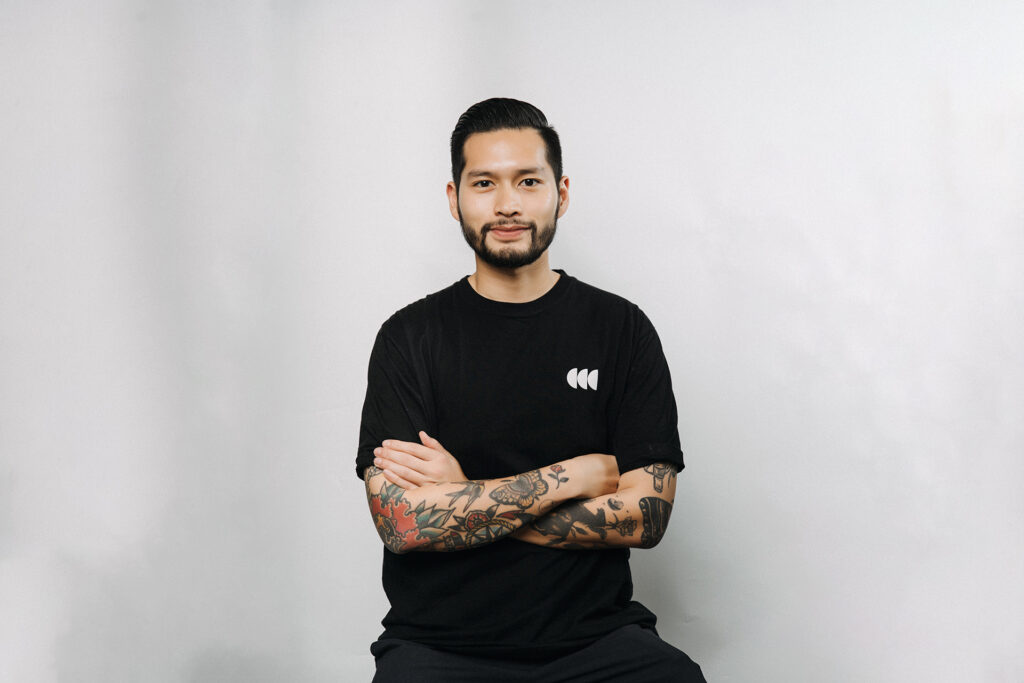
Hi Mikael, for those who don’t know, could you tell us about yourself?
When I introduce myself to people these days, a lot of the time I don’t know where to start. I think I would define myself as a coffee professional because my work spans very different parts of the industry. I’ve recently been processing a lot of coffee, so I’d like to introduce myself as a coffee processor. But when I pitch a coffee recipe to a company, then I’d be a barista, because I’d be making coffee then. So yeah, I guess it really depends on who I talk to. Yeah, I mean, we do process a lot of coffee. I would say that 70% of my time is dedicated to CATUR. So in that sense, I’m more of a coffee processor and exporter, but in terms of my career, the majority of time spent was about making coffee, and I still coach people for competition. So in combination, if I really have to have an identity, I guess I will call myself a coffee professional. For a coffee person, our work spans across different areas. Most start as a barista, but once you’ve been in the industry long enough, you move past that title behind the bar. To outsiders, perhaps you are just a barista or a roaster, but I think your role in the industry will expand beyond that title.
What keeps you so interested in coffee after all these years?
I was in Australia for university. In the beginning, I needed to find a part-time job to support my livelihood. So I started to work as a barista. But after five years in the industry, I decided to stay because I love the sense of community. If you are a barista, you can go to another cafe, and the coffee people there will be very welcoming. That’s what I like about coffee. As a barista, you will also have many regulars with whom you will develop a special relationship. So I liked that aspect of coffee, which I didn’t find anywhere else.
Then, as I progressed in the industry, I realized that coffee is an agent of change. It has the ability to change the lives of those who come into contact with it. From the people who use coffee as a fuel to get out of sleepiness, all the way down to coffee farmers, whose lives are literally devoted to coffee. Also, most people choose to work in the coffee industry simply because they love it; you can see it at coffee events and expos. Sure, similar to other jobs, we have to make money, but everybody is sort of connected by this love of coffee. So yeah, I think it’s very profound. I don’t see a lot more industries that are more profound than ours.
In general, what do you think about the current state of the coffee-growing industry in Indonesia?
In Indonesia, we mostly plant robusta hybrids. Because of the high humidity and low elevation, Indonesia is a very challenging country for coffee production. Also, unlike Brazil, where most of the land is flat, our topography is mountainous. So most of the varieties that can survive here are robusta hybrids. To be honest, I think robusta hybrids are great because they still taste like Arabica, but they are also resistant to diseases. They can survive at low elevations of 800 or 900 meters. That is why most of the varieties in Indonesia are Catimor and its clones, which are called by different names, like Sigararutang, one of the more well-known cultivars—you see it a lot in the Indonesian Cup of Excellence. And then we have Tim-Tim, Andungsari, and Gayo. Basically, they are all members of the Catimor family. We have Typica in West Java, but in terms of volume, they are very small.
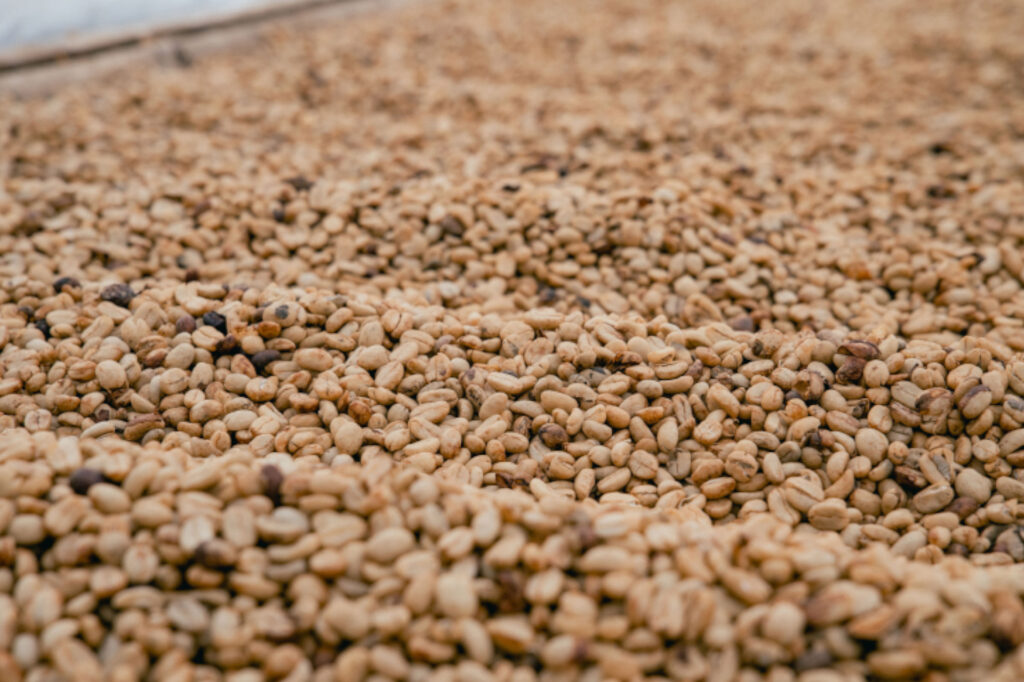
Where have these varieties come from?
In Indonesia, we have what is called the Indonesian Coffee and Cocoa Research Institute (ICCRI), which introduced these varieties to producers. In the beginning, ICCRI’s target was to produce as much as we could, not to score 90+ cupping scores or attract crazy prices, so if these varieties just taste better than robusta, then ICCRI is already happy. That’s sort of the background, and that’s why, for the longest time, Indonesian coffee could not compete in terms of flavor profile or cupping score because of its lineage and heritage.
But in the last five or seven years, people have been thinking about a quick fix, like a short- to medium-term fix to coffee quality, so we have been focusing on processing. You can start with a variety that is mediocre, like Tim-Tim or Andungsari, but then you process it in the best way you can. At CATUR, we rely on yeast inoculation, but there are other ways to do that. A lot of people have tried different things, like proper natural processing, and it did improve the score. However, post-processing is only suitable in the short term because, no matter what you do, these varieties will always be a little bit bitter, along with some earthy and woody notes. So give it your best, but you’ll be very lucky if the coffee hits 90 points or more. Whereas with Gesha, if you process it washed, it can still reach 90 points. In the end, I think our answer for the future is to look for varieties or species that are suitable for our local climate while also being resilient and scoring highly. I don’t know what the answer is yet. People have mentioned Gesha or Pink Bourbon, but I wonder if these varieties even work in Indonesia because of the low elevation. Overall, I don’t think Gesha would work in Asia because it is designed for a cooler climate like Panama. If you grow Gesha at 1,200 MASL, I don’t think it’s going to work—but I am happy to be proven wrong.
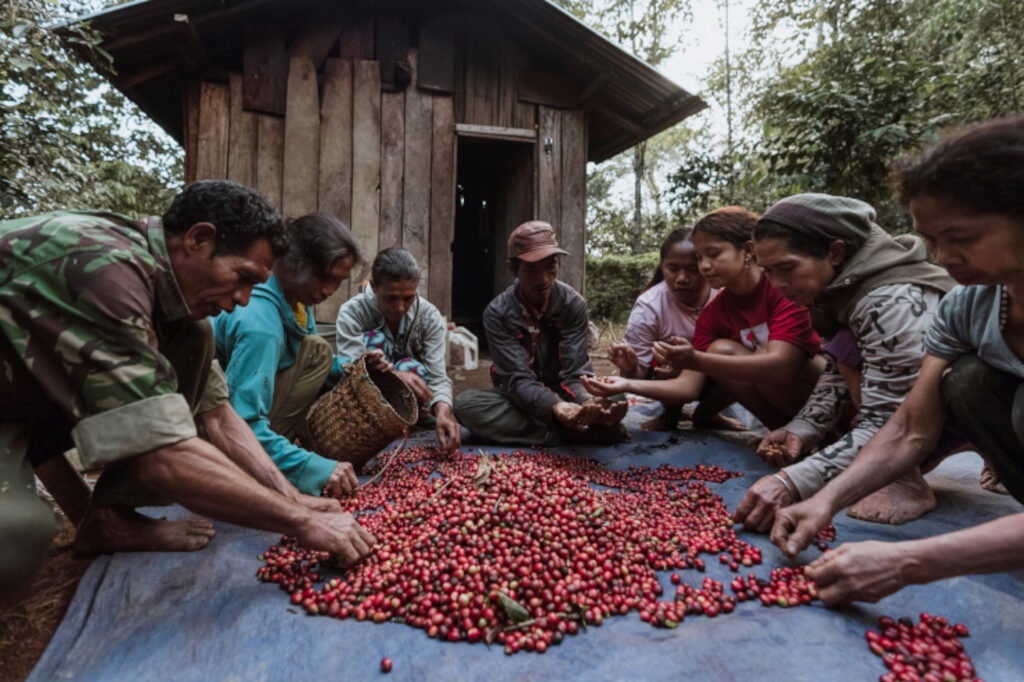
Could you tell me a bit about the Indonesian coffee-producing industry?
Most coffee farms in Indonesia are owned by smallholder farmers, who own just less than three hectares of land. These smallholder farmers will either process coffee themselves or bring their cherries to a local wet mill, which is very challenging for processors like us because the coffee will be blends of very different quality. And obviously, as in many other countries, the farmers are getting older while the new generation no longer wants to plant coffee.
In the past couple of years, since COVID-19, there has been a massive shortage of coffee supply in the world, which has led to a demand for high-quality Indonesian coffee. Since the demand was high, cherry prices were crazy high—in fact, last year’s was an all-time high. So coffee producers could just sell coffee cherries to anybody. It then became a challenge for specialty coffee people like us because the market price for coffee cherries was lower than what we used to offer to farmers in previous years. There was no incentive for producers to pick ripe cherries if they could sell coffee cherries, no matter the quality. We could buy cherries at an even higher price, but it was not sustainable because it would drive our costs up, and then we had to sell coffee at a higher price range. At the same time, the coffee quality did not go up because what we were trying to do was just secure cherries from farmers instead of setting a standard for the quality of the coffee we would buy. So I think that was the challenge for specialty coffee people lately, especially in Indonesia. I think it is good for the farmer in the short term, but not so much in the long term, because the market price will eventually crash.
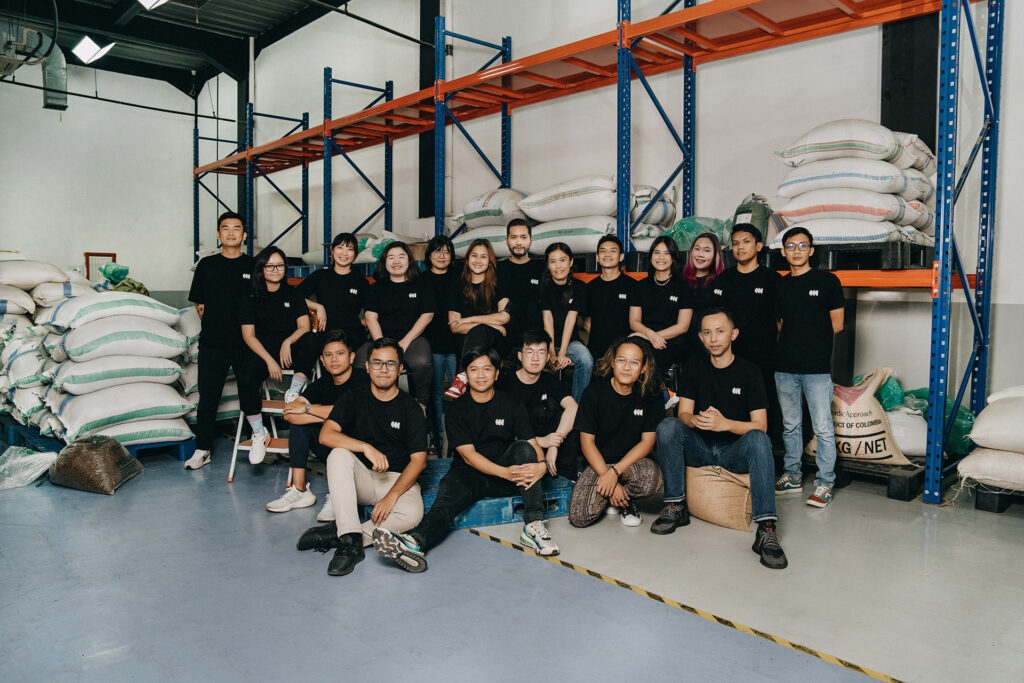
Why did you start So So Good and CATUR Coffee Company? Tell me about these companies.
CATUR was created in 2021 because we wanted to bring Indonesian coffee to the global stage. I was preparing for the World Barista Championship, but then it was postponed, which was great because I wanted to use Indonesian coffee and I believed I needed more time to fine-tune our processing technique. As I processed the coffee, I realized that I didn’t want to make 20kg lots for competition, but I wanted to make bigger lots. If you’re just doing small lots, there will be no scale and thus no real change. I think real change can only happen when there’s enough scale so that the impact is bigger. In the end, I founded CATUR as a platform to sell these bigger lots.
Our aim is to export as much coffee as we can. Now, we have 17 people working in our headquarters, and our team is working with producers in 14 different regions in Sumatra, Sulawesi, Bali, and Flores. We don’t own farms or wet mills; instead, we partner with local processing partners, except for a wet mill in Sumatra, but other than that, we heavily rely on our local processing partners. These local partners will buy cherries on our behalf, and then they will process the cherries according to our specifications. That’s sort of how it works.
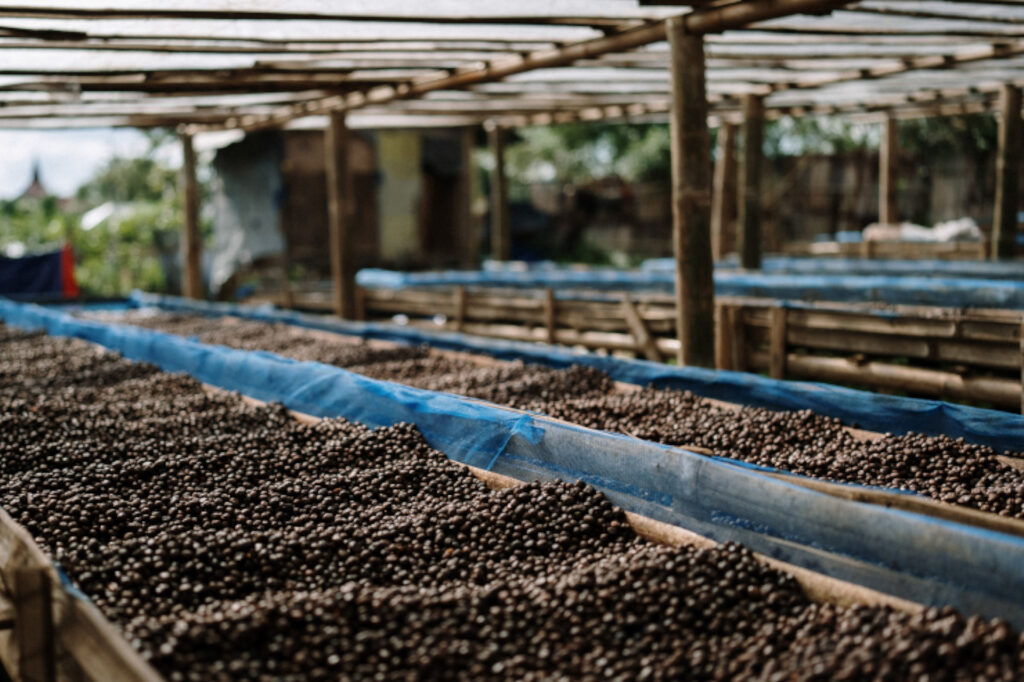
We want to be an agent of change in the Indonesian coffee industry and help people improve their coffee quality in a way that is scalable. We’re not interested in making 15kg lots for competition; instead, our target is to make much bigger lots in a way that is scalable, replicable, and consistent, and then we would make the model available to everybody. That’s why we decided to inoculate our coffee with yeast, and as an extension of that, we are working with a lab named Berlian Biotech. Also, we’re focusing on transparency and sustainability, which not a lot of people in Indonesia have done.
We have a goal to become a carbon-neutral company. There are hard ways and easy ways to achieve that target. The simplest way, which big companies usually do, is to plant as many trees as possible, which I believe is not sustainable in the long run because these companies are buying carbon credits and then producing as much carbon as they can. Instead, we focus on reducing our footprint—when we have to travel, we try to find better routes. If you fly in economy class, your carbon footprint is one-third that of someone flying in business class. Also, we work with people who do reforestation projects. Reducing footprint is not as hard as people might think; it just requires commitment from everybody in the team, and we’ve been lucky that, because of our commitment to transparency and sustainability, we have met customers or coffee buyers who care about this kind of stuff. For example, Europe is our biggest market, and I think people in Europe buy our coffee because of our commitment to transparency and sustainability. When people pay $12 per kilogram of coffee to us, they know exactly how much of it was spent on buying cherries, how much of it goes to our processing partners, how much of it we take as a company, our cost margin, and how much of it goes to different activities… At the same time, these people would understand that when we increase our price, it’s not because we are taking more margin as a company, but because of the increase in cherry prices. It’s the same thing when we claim to be a carbon neutral company: on our website, we have QR codes that you can scan to see the things we have done, and these works are verified by independent auditors.
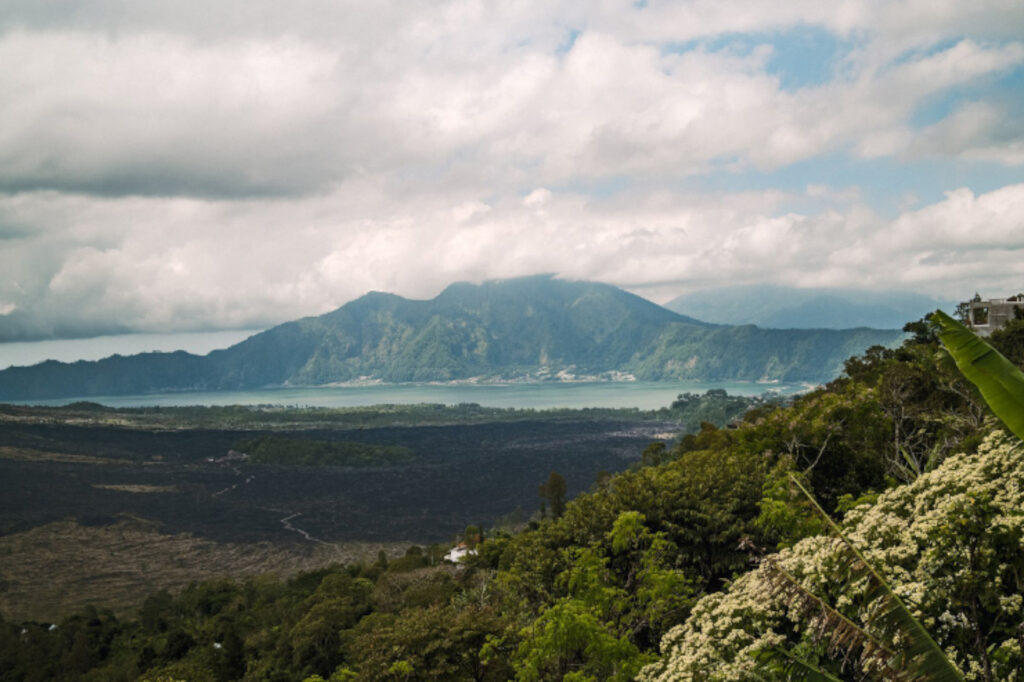
What changes have you seen since CATUR started? In terms of coffee quality, producers’ livelihood, and so on.
To be honest, the cupping score for our coffee is kind of stagnant compared with last year’s because cherry quality decreased while the price increased. But in general, since 2021, we have seen an increase in cupping score, which obviously led to a higher price. Also, thankfully, because of our transparency report, people can see that we’re actually paying more. So changes have happened.
In terms of livelihood, we tried, in the beginning, to take data on the number of farmers that supply cherries to us from our 14 different processing regions, but honestly, it got a little bit difficult to trace because there are too many. I know that we work with a couple thousand farming families, but I don’t really want to claim that we know 2,000 farmers. Anyway, I really think that we are making a difference in their lives, like we are giving them knowledge that they didn’t have access to because of language or money. Now that they have worked with us, they get to learn what we do and how to improve their coffee’s cupping score. In the upcoming years, they can either keep selling their cherries to us, which they still do, or they can process this coffee themselves and then sell it to somebody else. My goal is to be an agent of change, and I really don’t mind if producers process all the cherry themselves and don’t have enough for us to buy—it just means we have achieved our mission and that’s nothing to worry about.
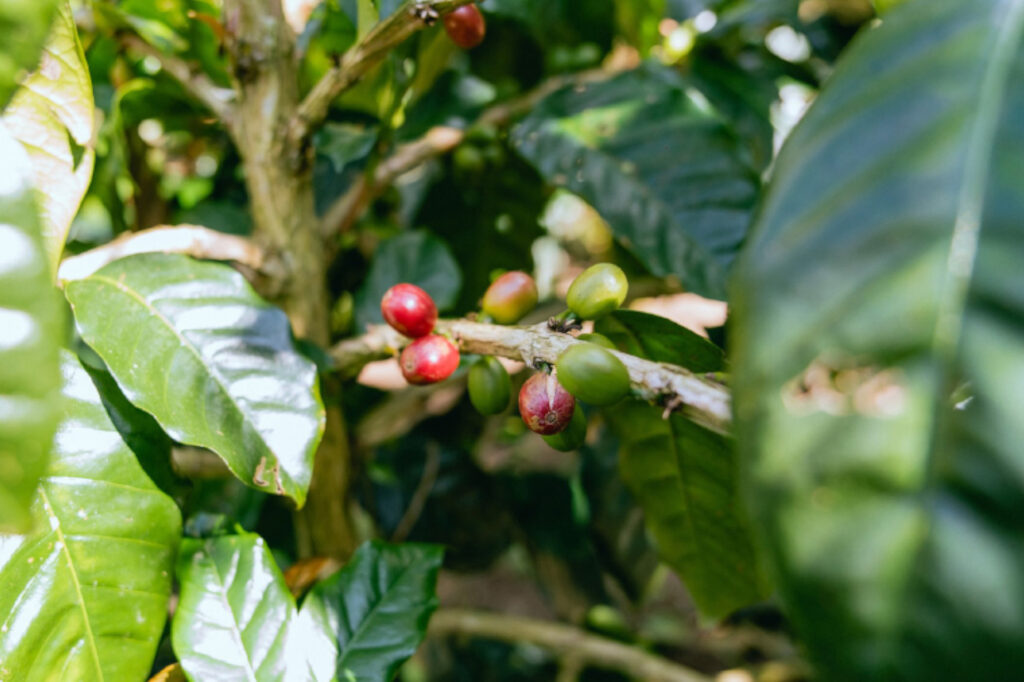
Could you tell me in depth about CATUR’s approach to processing coffee? Did CATUR receive consultations on these processing techniques from any universities or institutions?
From my own research and what I have learned from Jamison Savage of Finca Deborah during my preparation for the previous World Barista Championship, I actually designed the processing steps before I worked with any universities, in the hope that I could create several taste profiles for the coffee that we were working with. Then, in 2019, we received a grant from GIZ, and initially, we aimed to hire some international consultants to help us. Some names were considered, but then COVID-19 broke out, and we had to look for a consultant within Indonesia. It was a blessing in disguise because it was when we found Dr. Intan Taufik, who is a microbiologist from the Bandung Institute of Technology. Back then, Taufik was doing research on inoculating yeast on green coffee to see if they still survived the roasting process, which they did. Then he wanted to see if we could inoculate coffee cherries with yeast, and that’s where I came in. We experimented a lot during our project with GIZ, and we kept working together after the project ended, but, you know, as we are working with a university, every step is very formal because you have to submit requests, so we ended up making our own lab named Berlian Biotech. And Dr. Yintan is our partner now in this lab, so we have an independent life where we can do our own research and produce our own yeast at the pace that we want. After a couple of years, we are getting better at knowing about yeasts and fermentation, so we will be selling our yeasts to the public in a few months.
Our collection consists of four taste profiles, labeled Bumi, Senja, Pucuk, and Kamala. Bumi is a traditional washed coffee, but with yeast. The other three profiles undergo whole-cherry anaerobic fermentation. We inoculate the coffee cherries, put them inside the tank, and then we close it. Depending on available drying space—because it’s very challenging to dry in Indonesia, we can either turn this into an anaerobic natural, and that’s Kamala—our fruity, cacao nibs, pumpkin coffee. If the farm has washing channels available, we will pulp the cherries, wash them, and they will become Senja. Or if we don’t have washing channels available in a specific area, we just pulp it and then dry it as honey, which is Pucuk. I think it helps to smooth the work at the farm because you can just ferment the cherries and then decide later, depending on the farm’s specific conditions. We currently have three different recipes for yeast. Every now and then, we blend the green coffee from different processes, since it achieves the taste profile that we want to target. Blending is a practice that is done quite a lot in commercial coffee but is rarely seen in specialty coffee. At CATUR, we do blends, and yet we are transparent about it.

What do you hope for the future of Indonesian coffee? What will be your role in that future?
Firstly, I hope that we can produce more coffee, and it doesn’t even have to be specialty coffee. I mean, obviously, specialty coffee has to be there, and high-quality coffee should be a target. But I’m not saying that specialty coffee production will have to completely replace commercial coffee production because, in reality, specialty coffee production still relies a lot on commercial coffee production because of scale. So I think this has to grow together; specialty and commercial coffee have to go hand in hand, and that’s the ideal scenario.
And then our role is hopefully to somehow be the people who either help innovate or help present these technologies to the global world, because I believe we were lucky by the platform that was given to us because of competition, because of social media. We have that responsibility, and hopefully, our role is to be the one who helps gather everybody and do this along with other people. We have Cup of Excellence in Indonesia now, and if you look at the winning farms, you will see most of them come from Gayo in North Sumatra. But Indonesian coffee is not only grown in Gayo but also everywhere else in Indonesia, so hopefully, we can sort of standardize this really great quality that Gayo has and share the knowledge with everybody so that we can spread the quality across Indonesia. And that’s one of the reasons why CATUR doesn’t want to have a farm. We don’t want to have a farm because if you have one, you will focus on it exclusively, and your impact will be very concentrated in that area.
Thank you!
Tung Nguyen is the founder of Citric Meets Malic and a Sprudge contributor based in Hanoi, Vietnam. Read more Tung Nguyen for Sprudge.